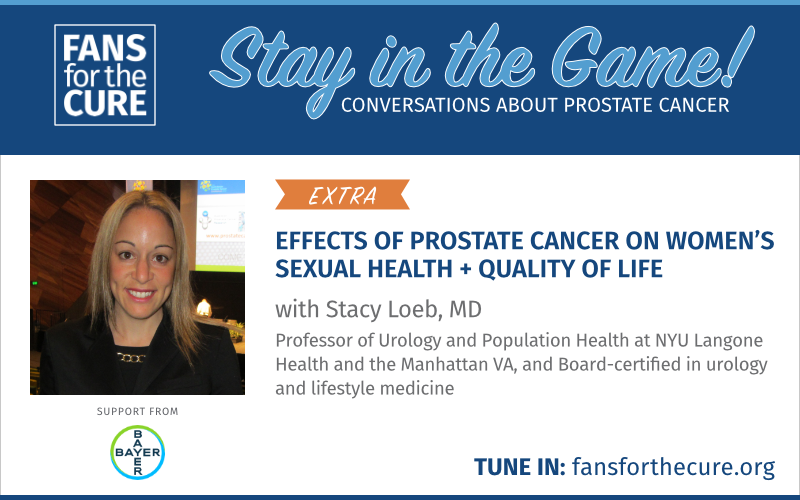We often hear the terms “active surveillance” and “watchful waiting” used interchangeably as recommended initial treatment strategies for low-risk and localized cases of prostate cancer. But are they the same thing?
The short answer is no.
As she shared on the Stay in the Game podcast, Dr. Stacy Loeb emphasized that active surveillance is active. While radiation therapies or prostatectomy surgery are not undertaken upon diagnosis in these patients, more frequent testing and monitoring are – including PSA tests, reflex texts (e.g. 4Kscore), MRIs, digital rectal exams, and biopsies. The goal is to appropriately address – and not overtreat – low-risk cases, while closely monitoring any changes to the velocity of the disease.
Watchful waiting refers to an approach taken with men who, for several reasons and in consultation with their physicians, might not wish to deal with the side effects and discomfort associated with radiation, surgery, or frequent testing.
Age: A man and his doctor might conclude that due to age and the specifics of his case, the odds overwhelmingly favor that man dying with prostate cancer and not because of it.
Age and Quality of Life: Men and their doctors conclude that the statistical life-expectancy gains of treatment simply do not justify the risk of treatment plan’s side effects or the ongoing pain and inconvenience of frequent testing.
In short, watchful waiting is active surveillance minus the frequent testing and possible pivot to radiation or surgery. Based on age and disease velocity, there are often transitions from active surveillance to the fewer doctor visits and less aggressive testing of watchful waiting.


